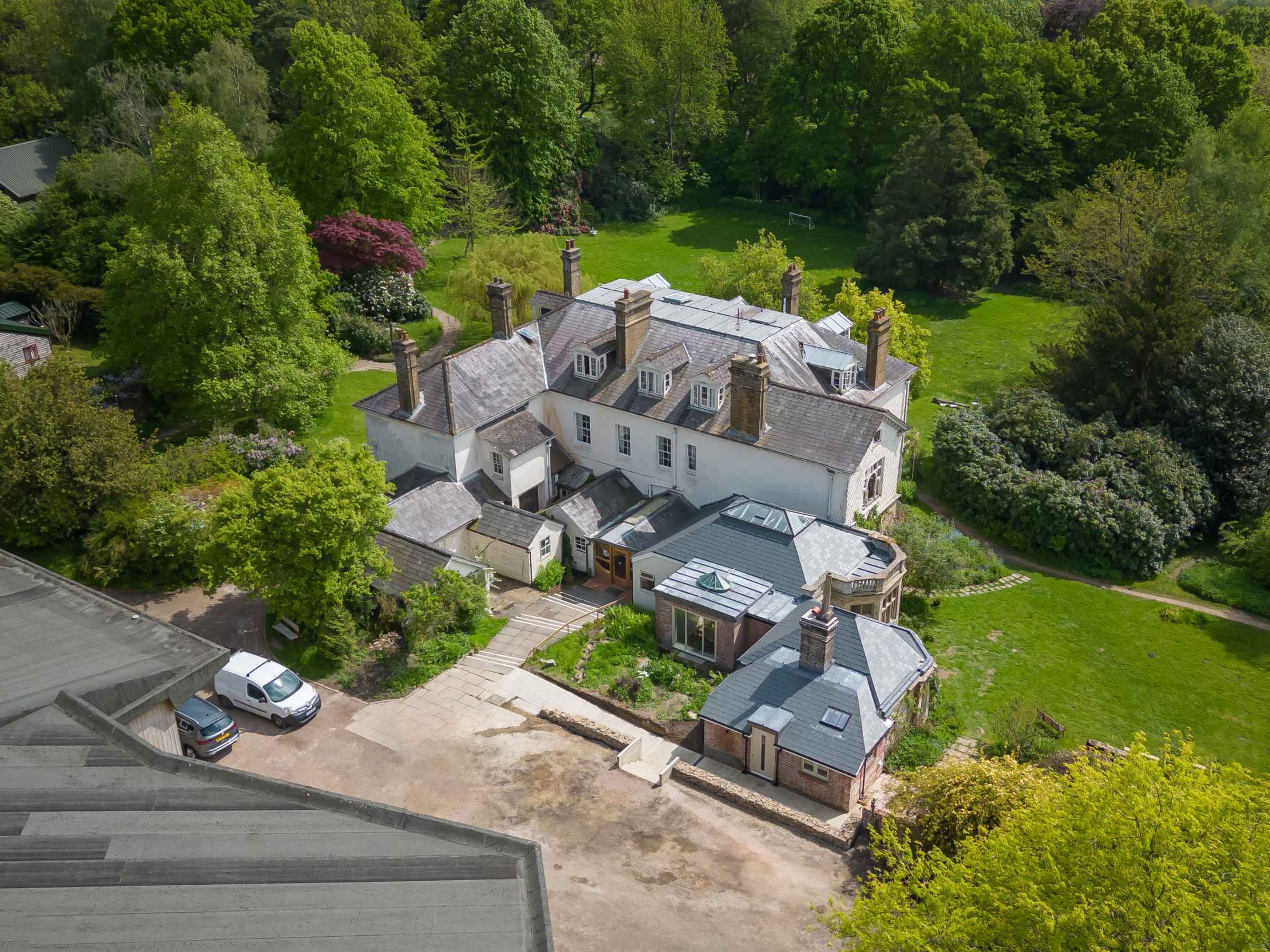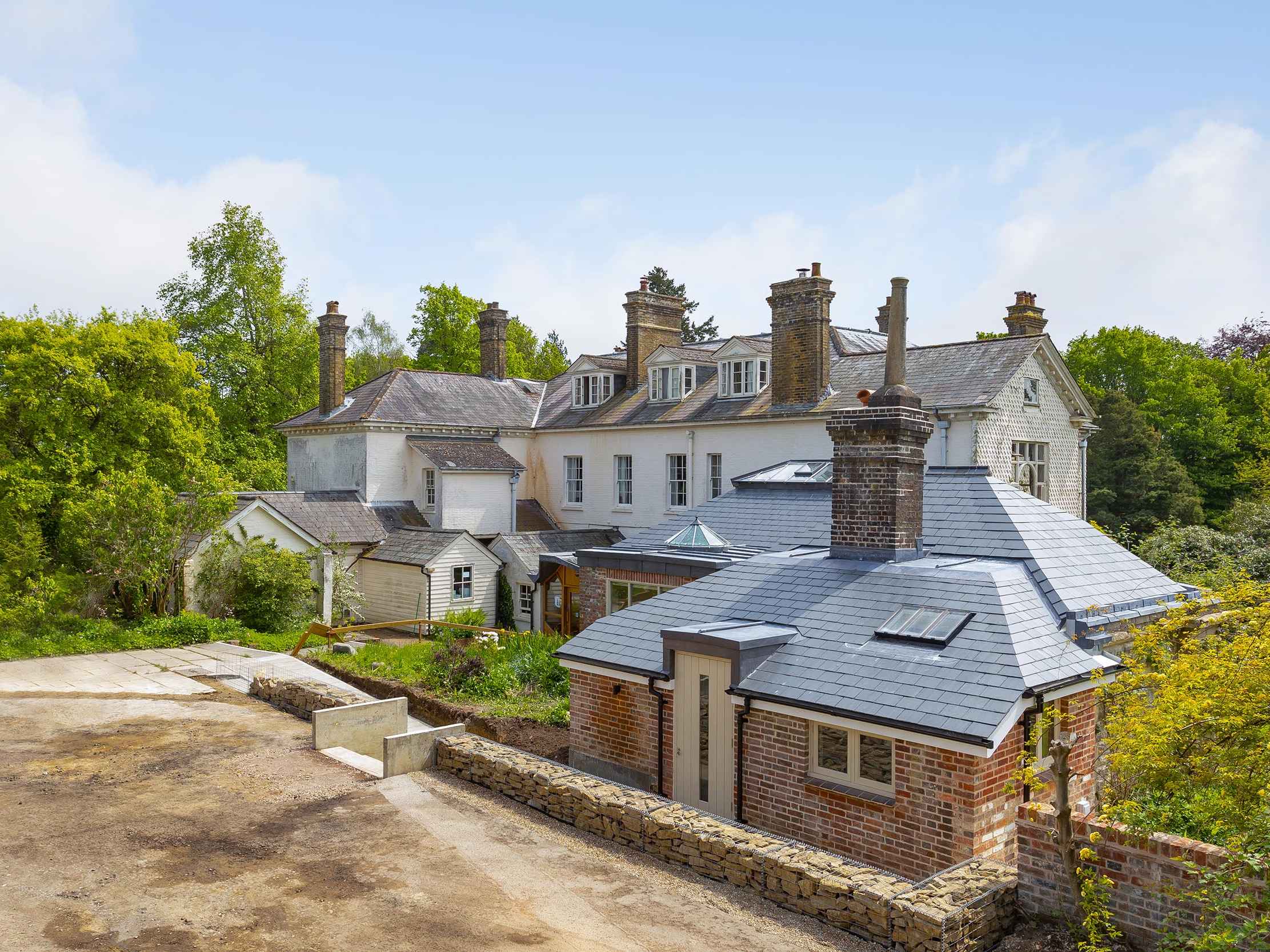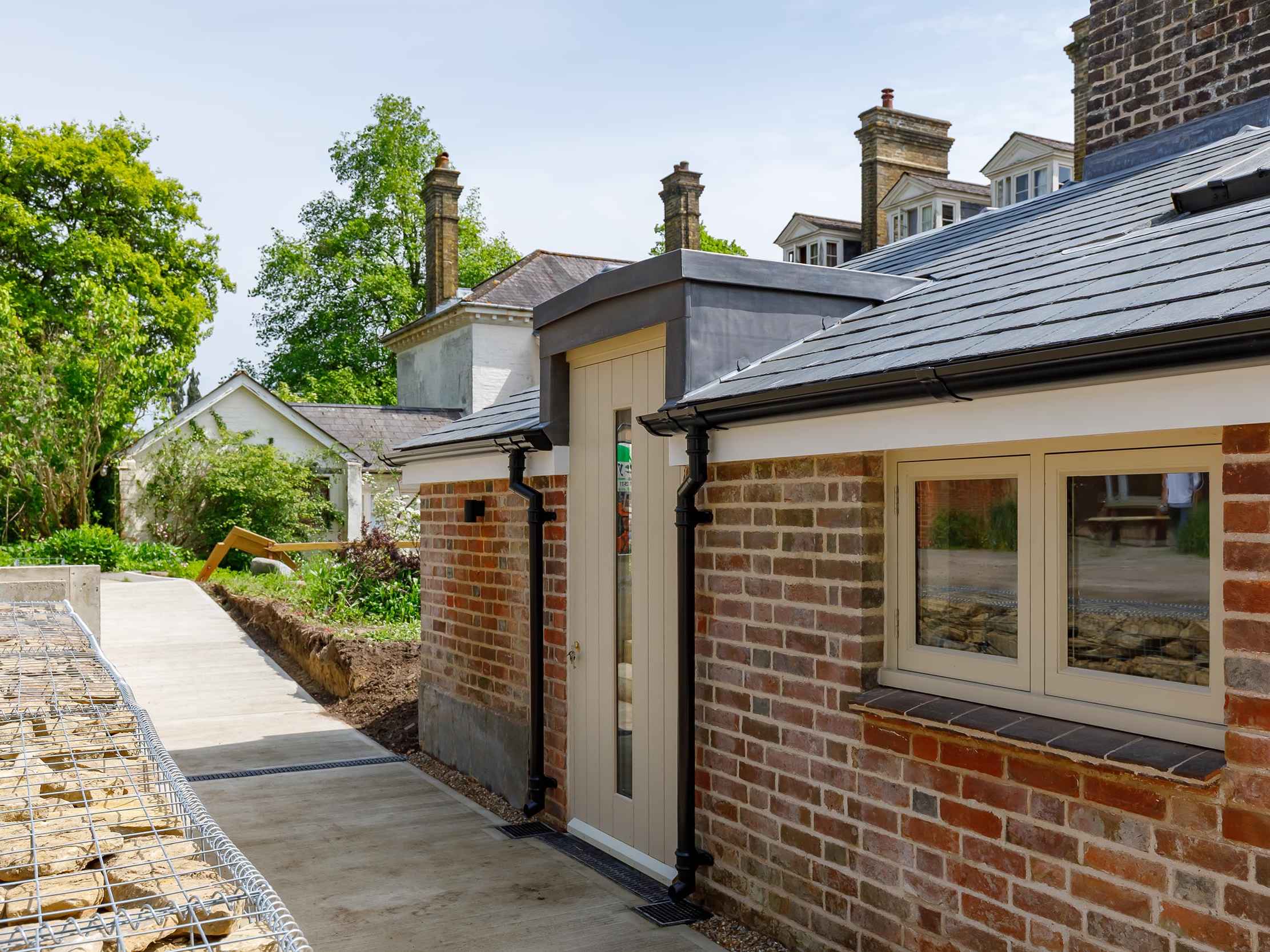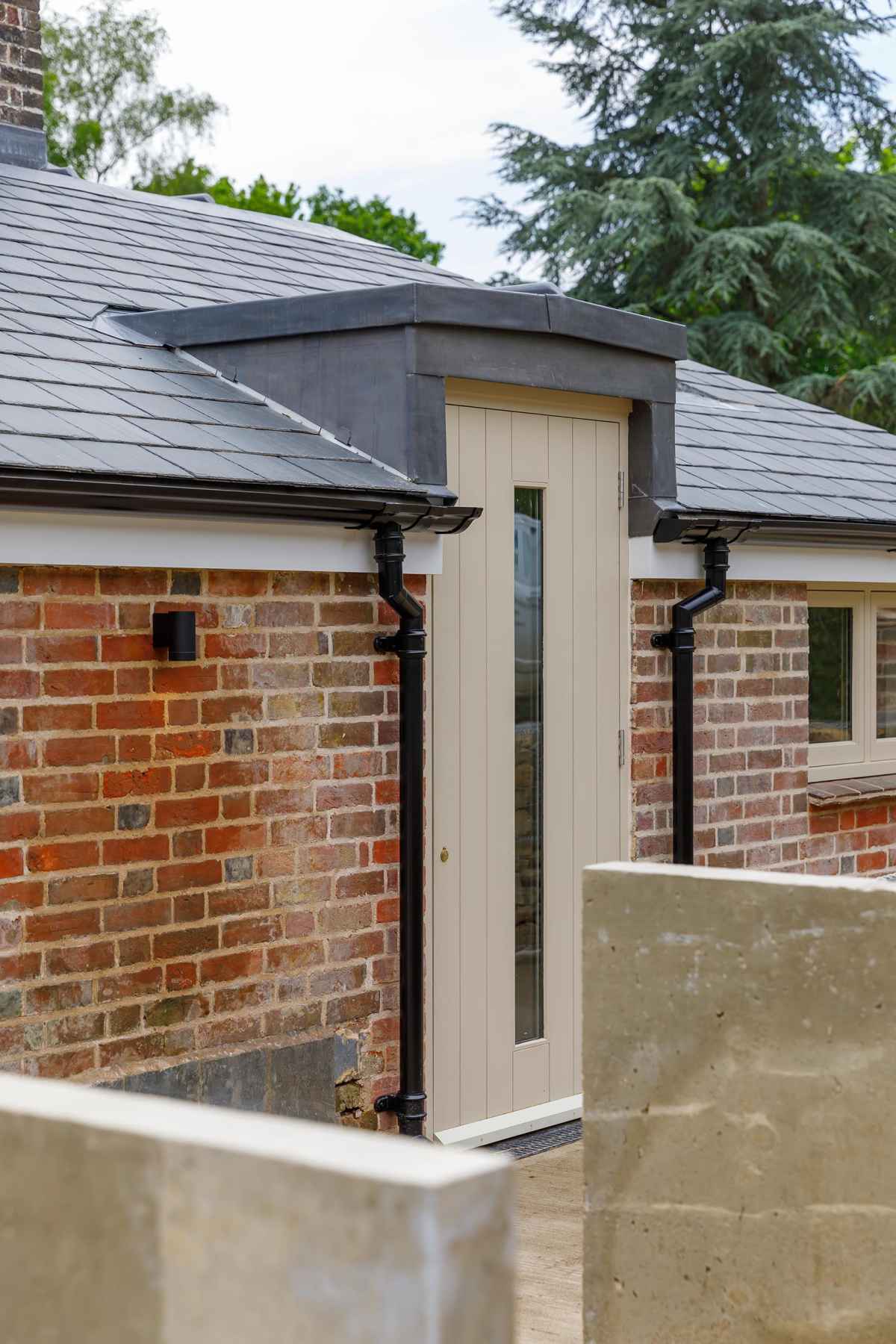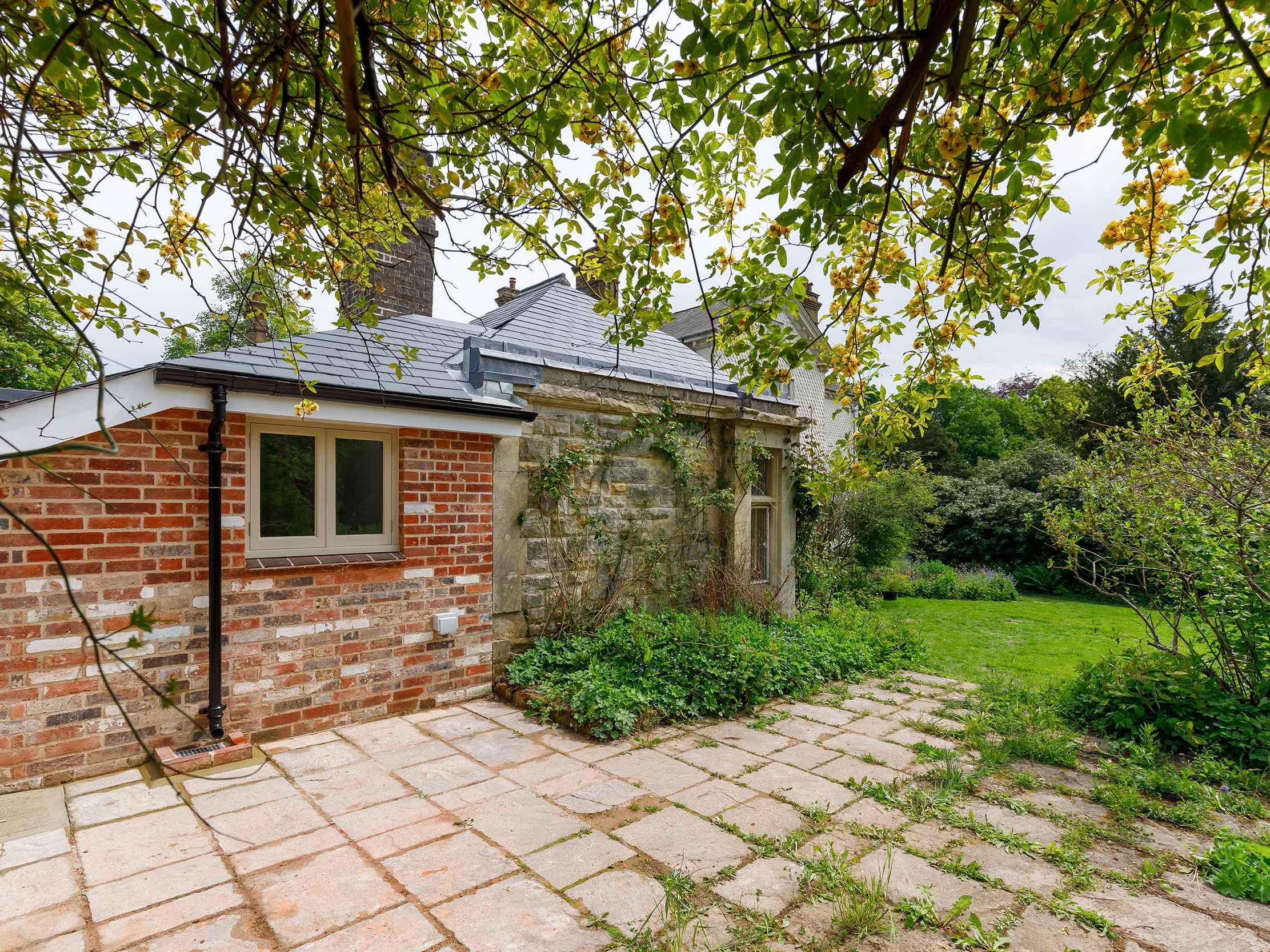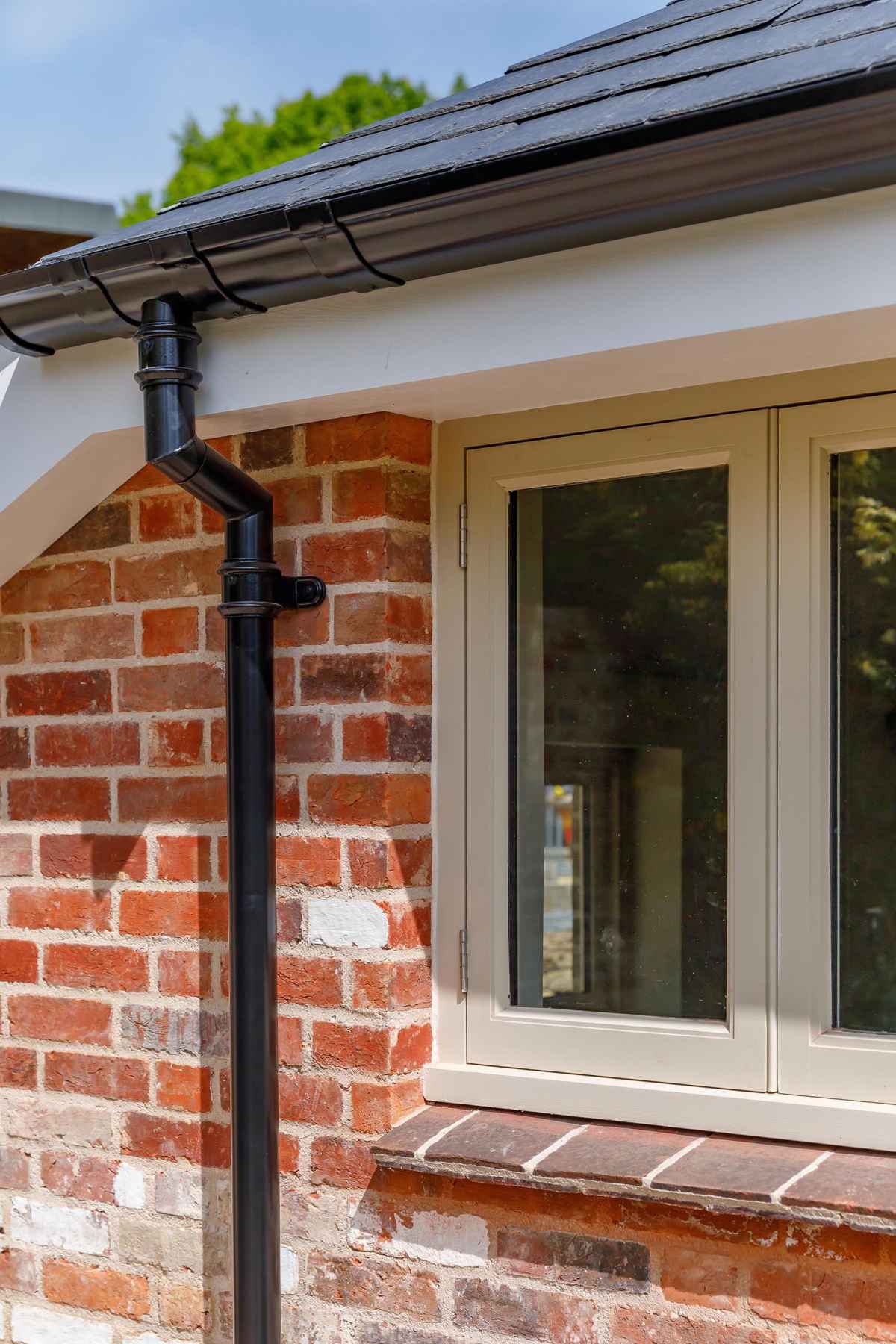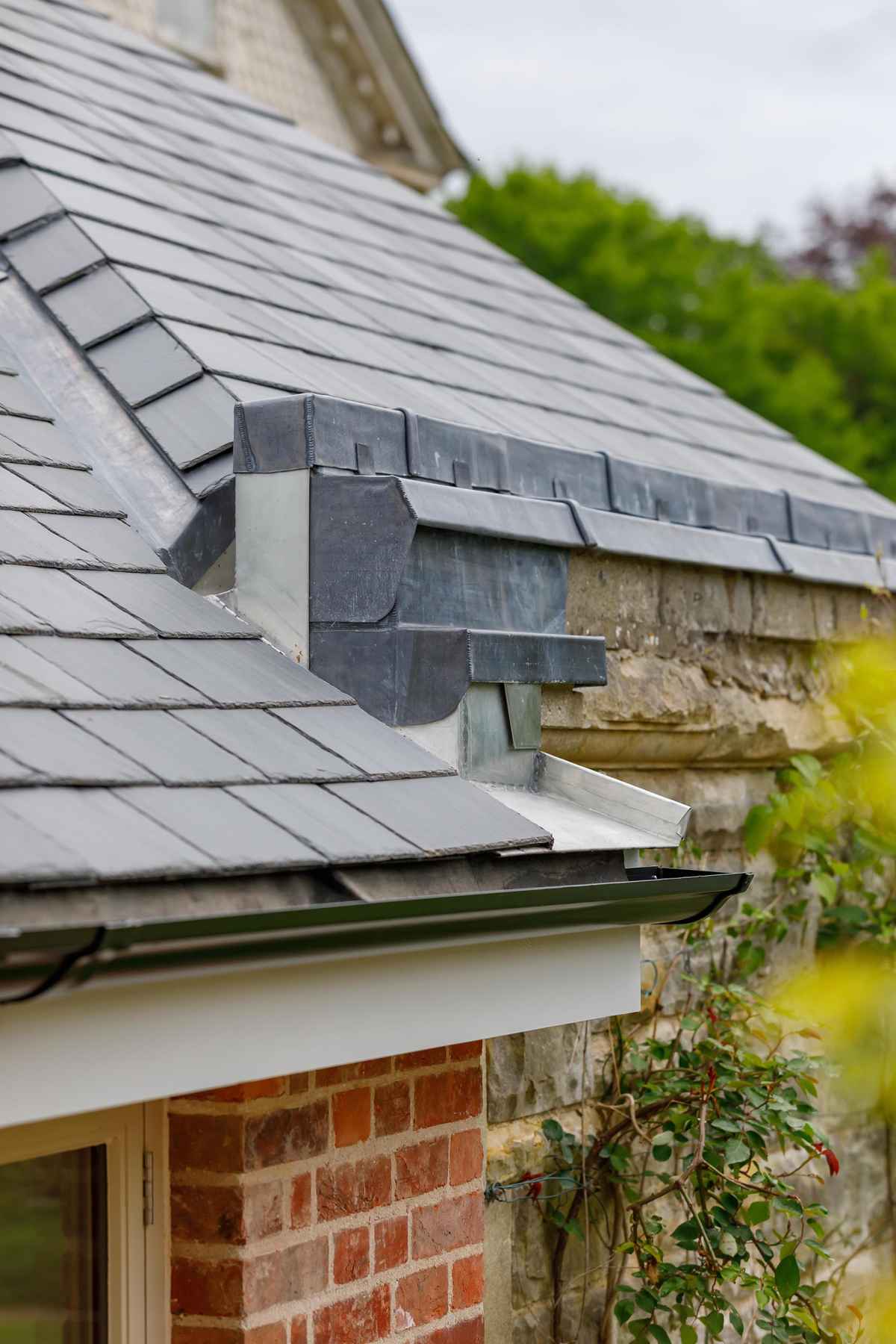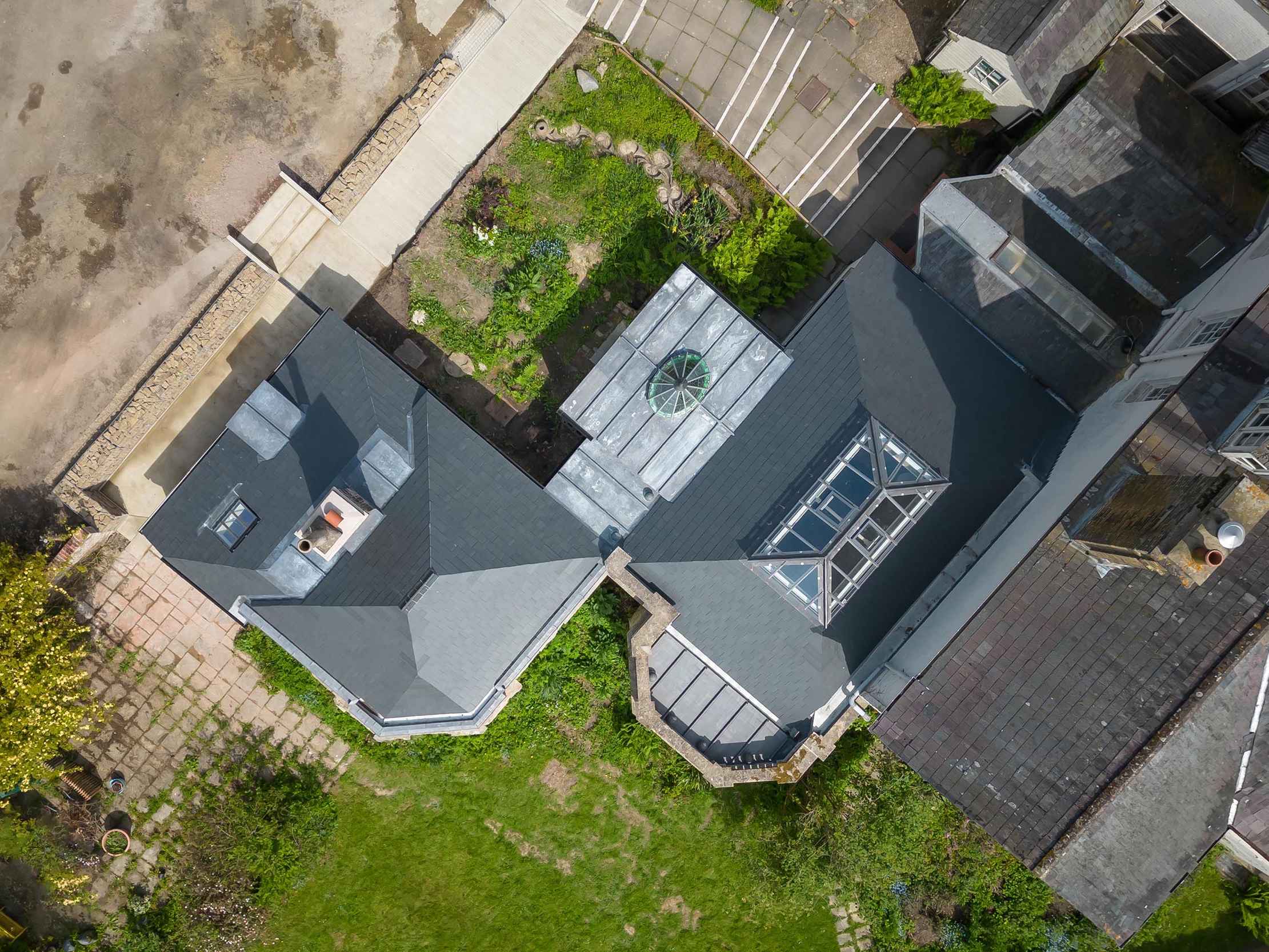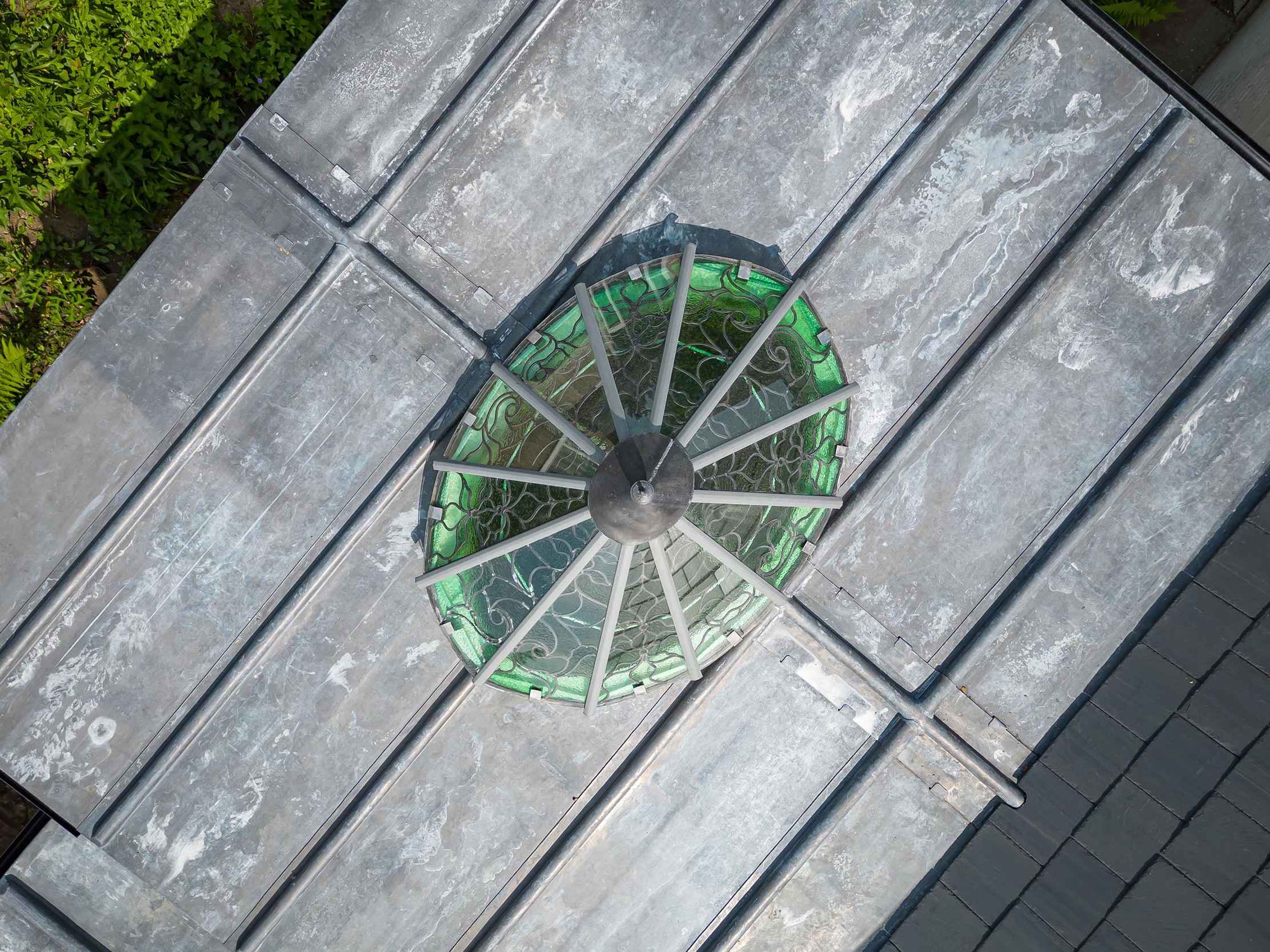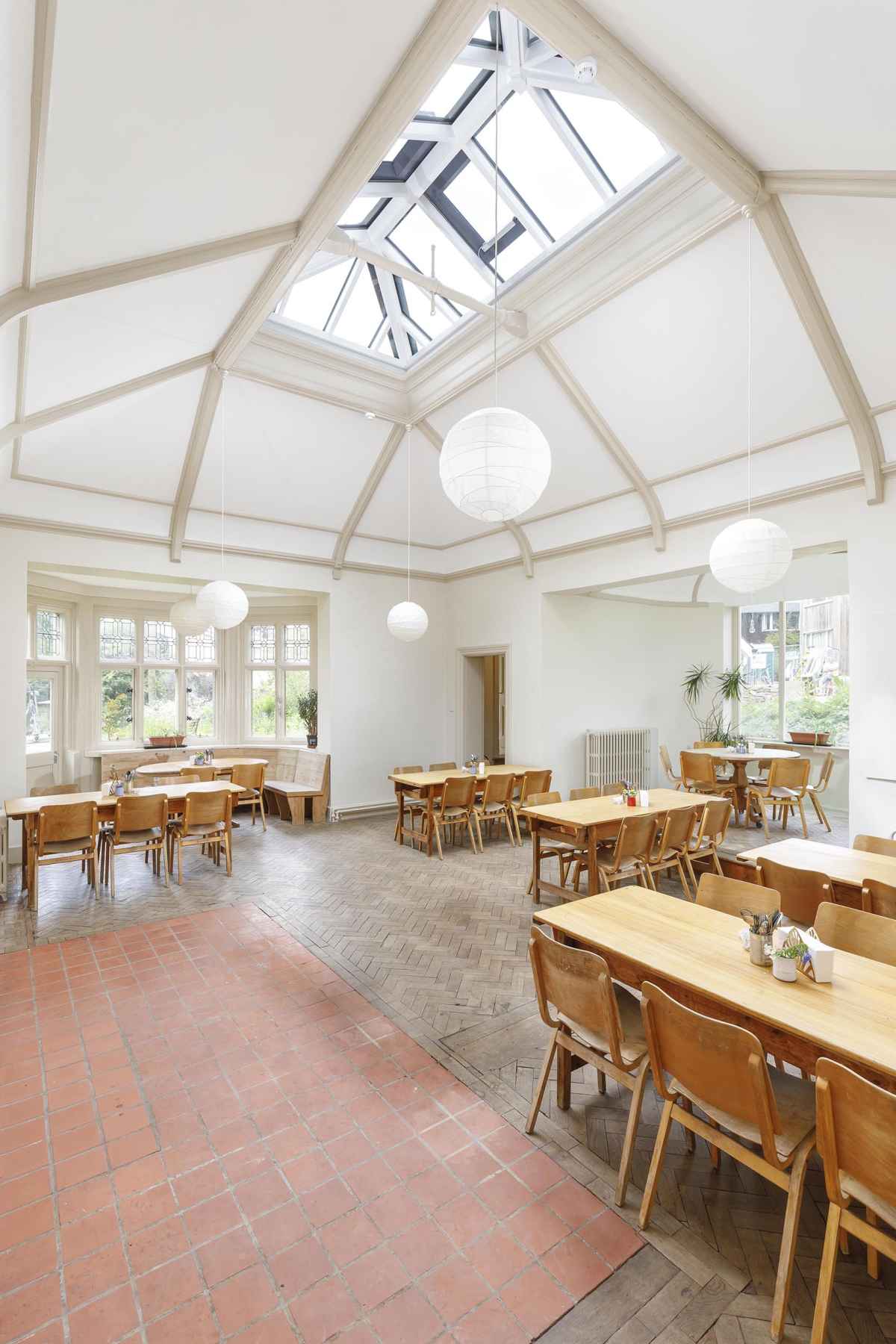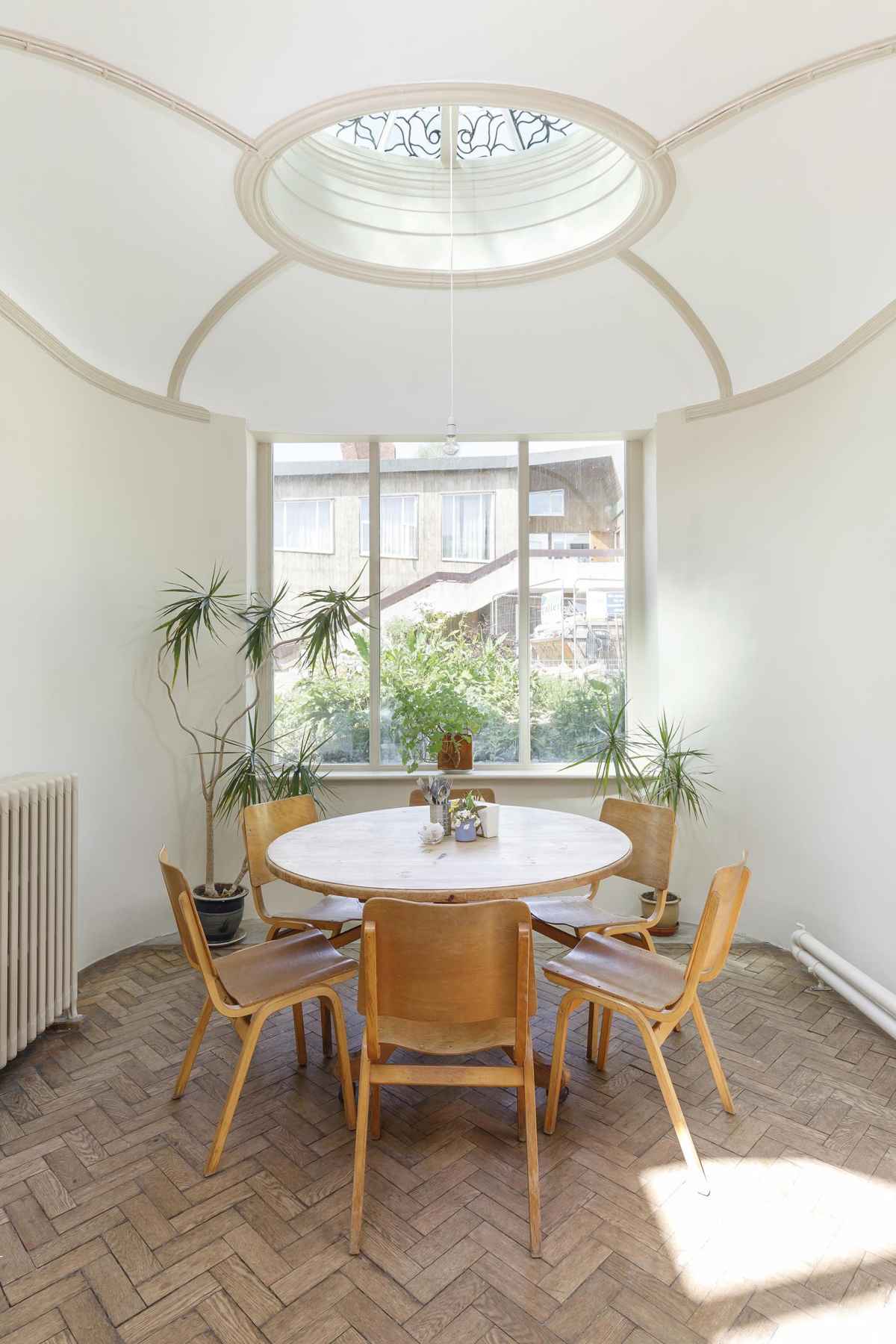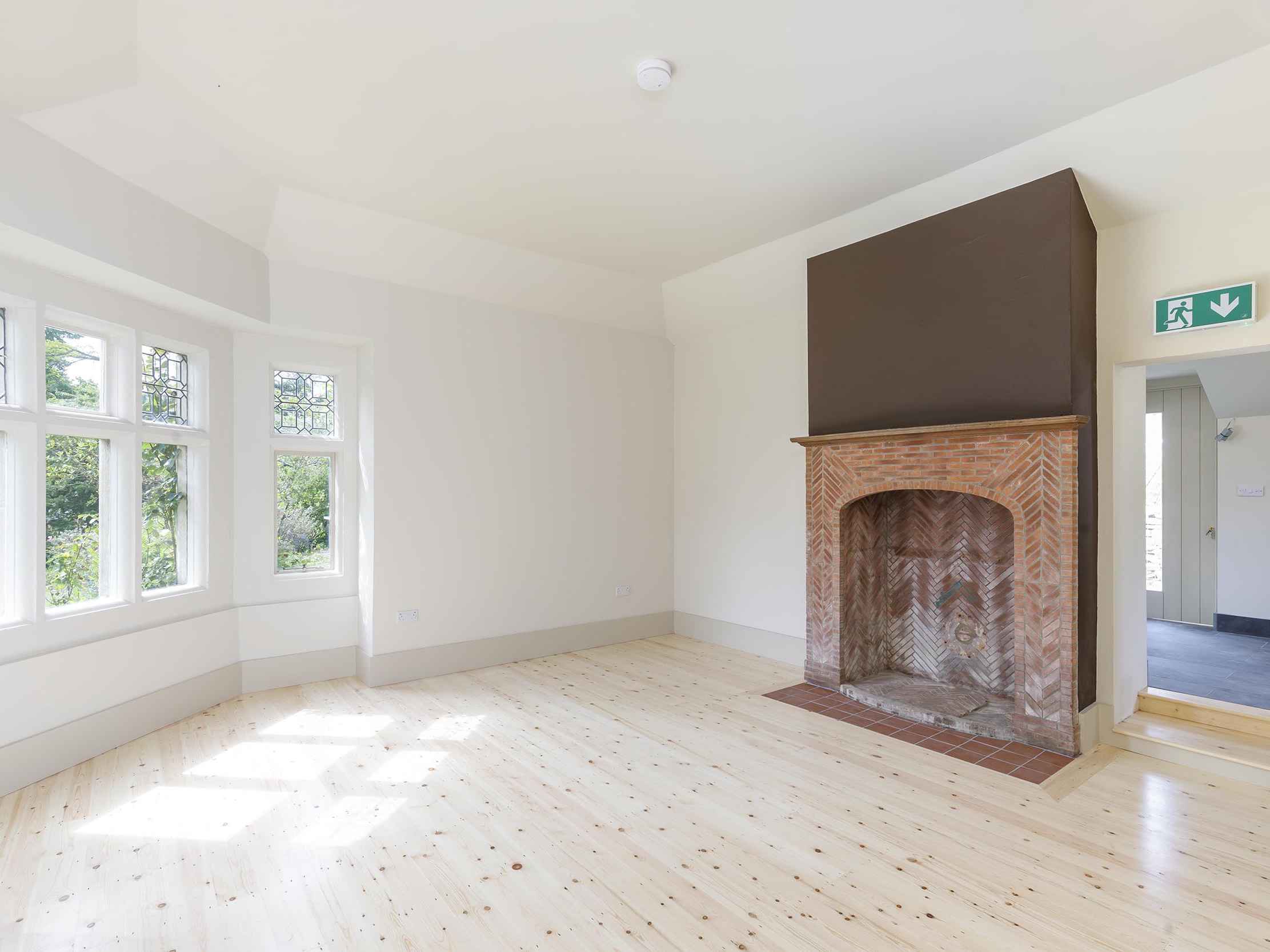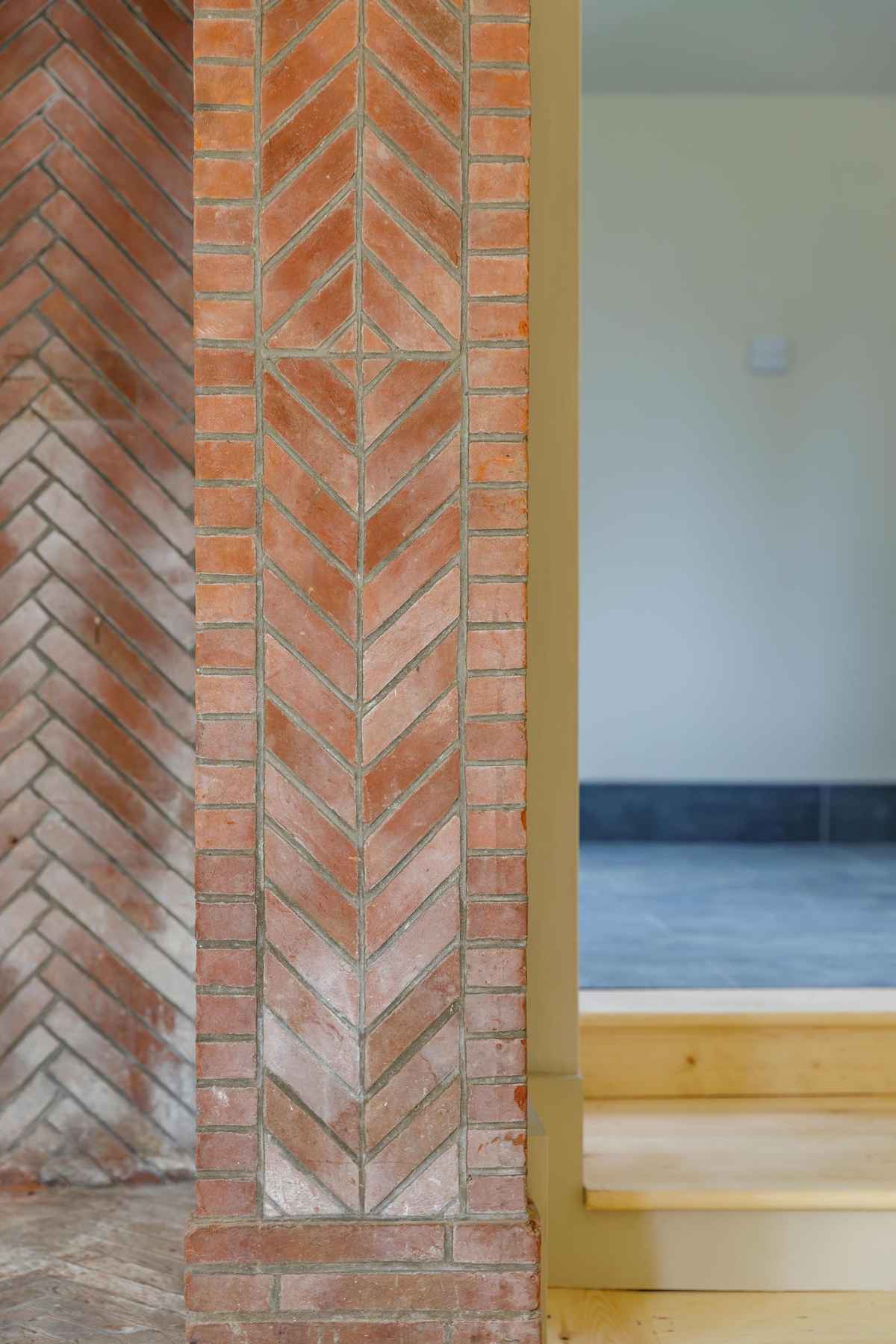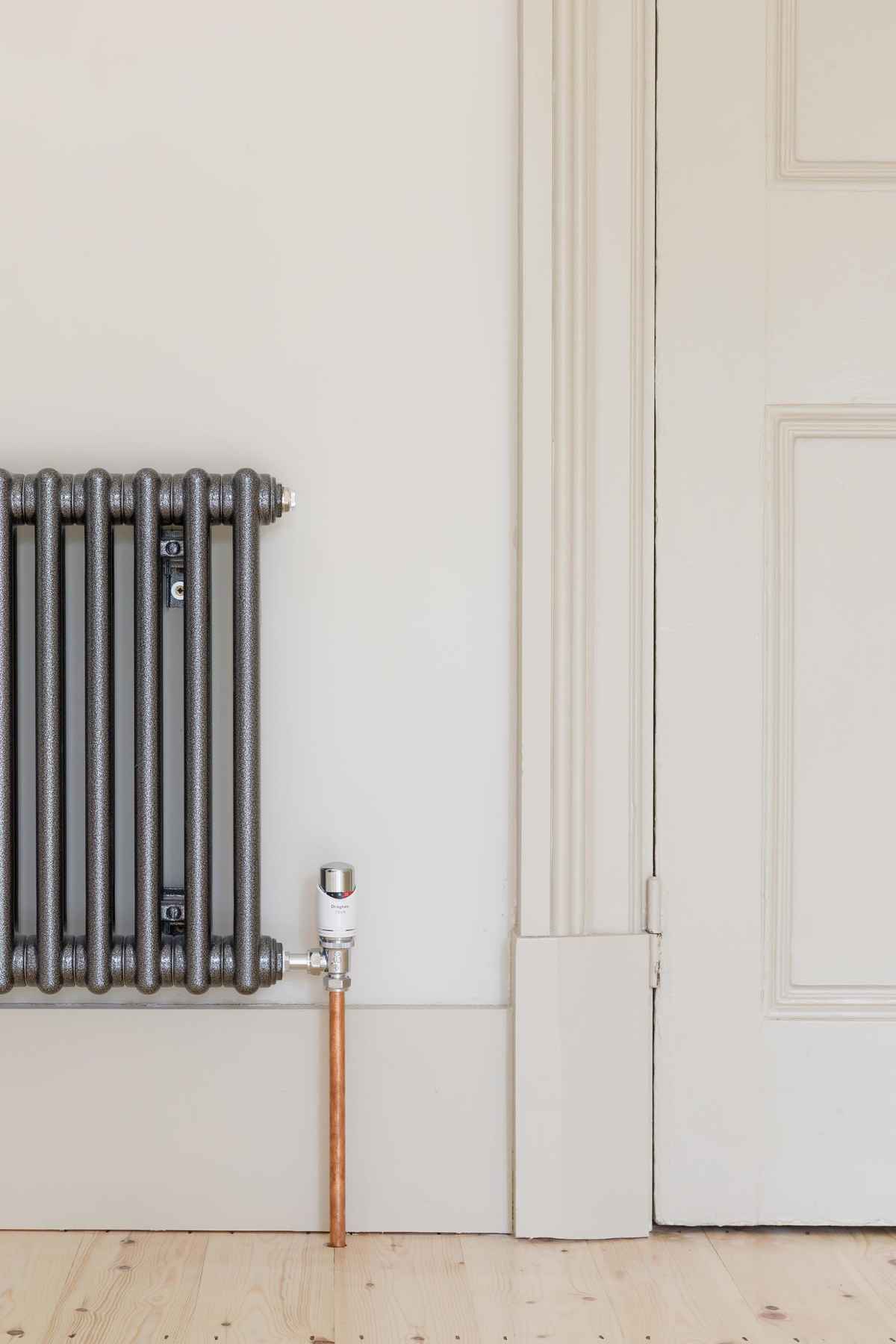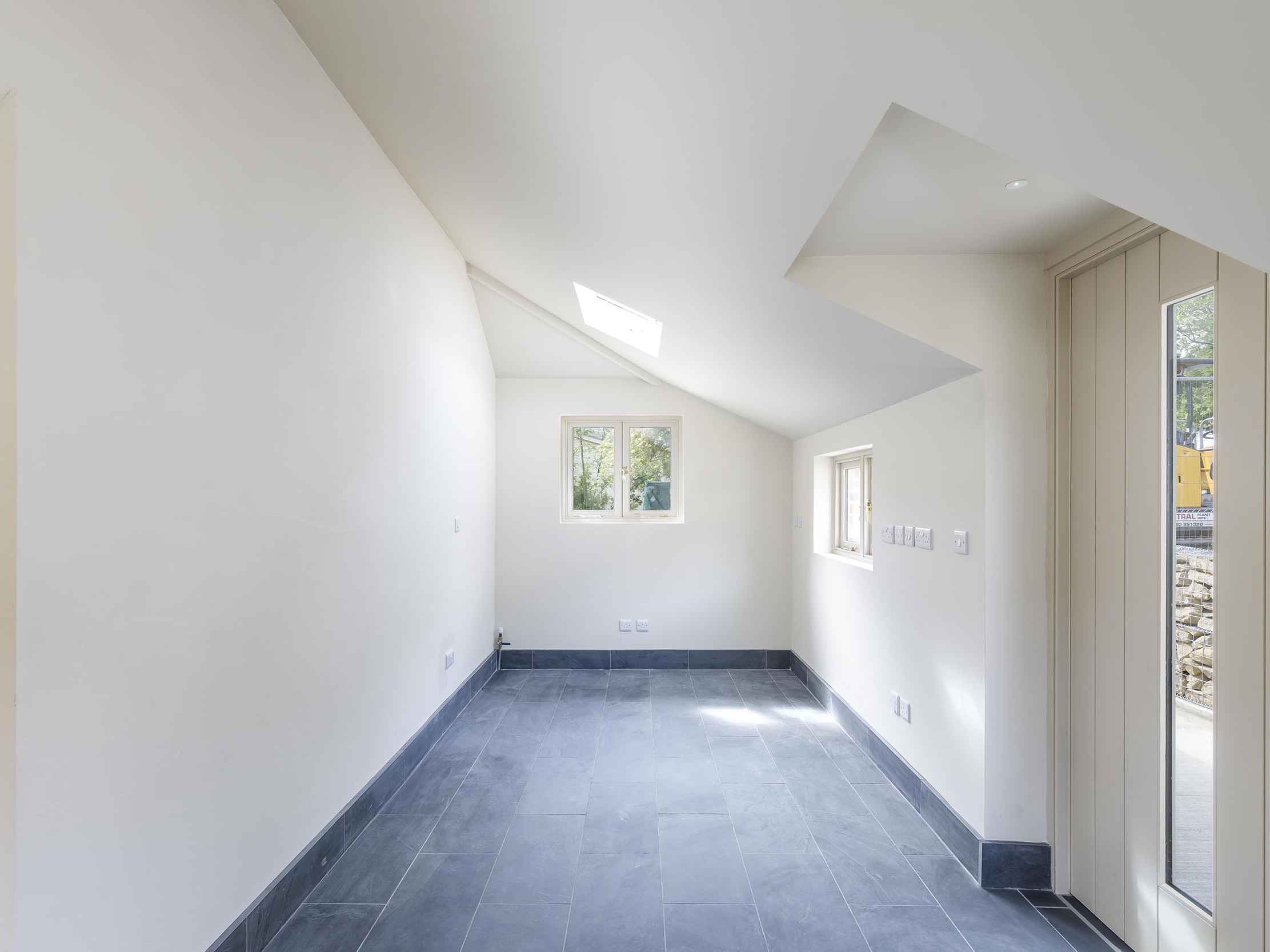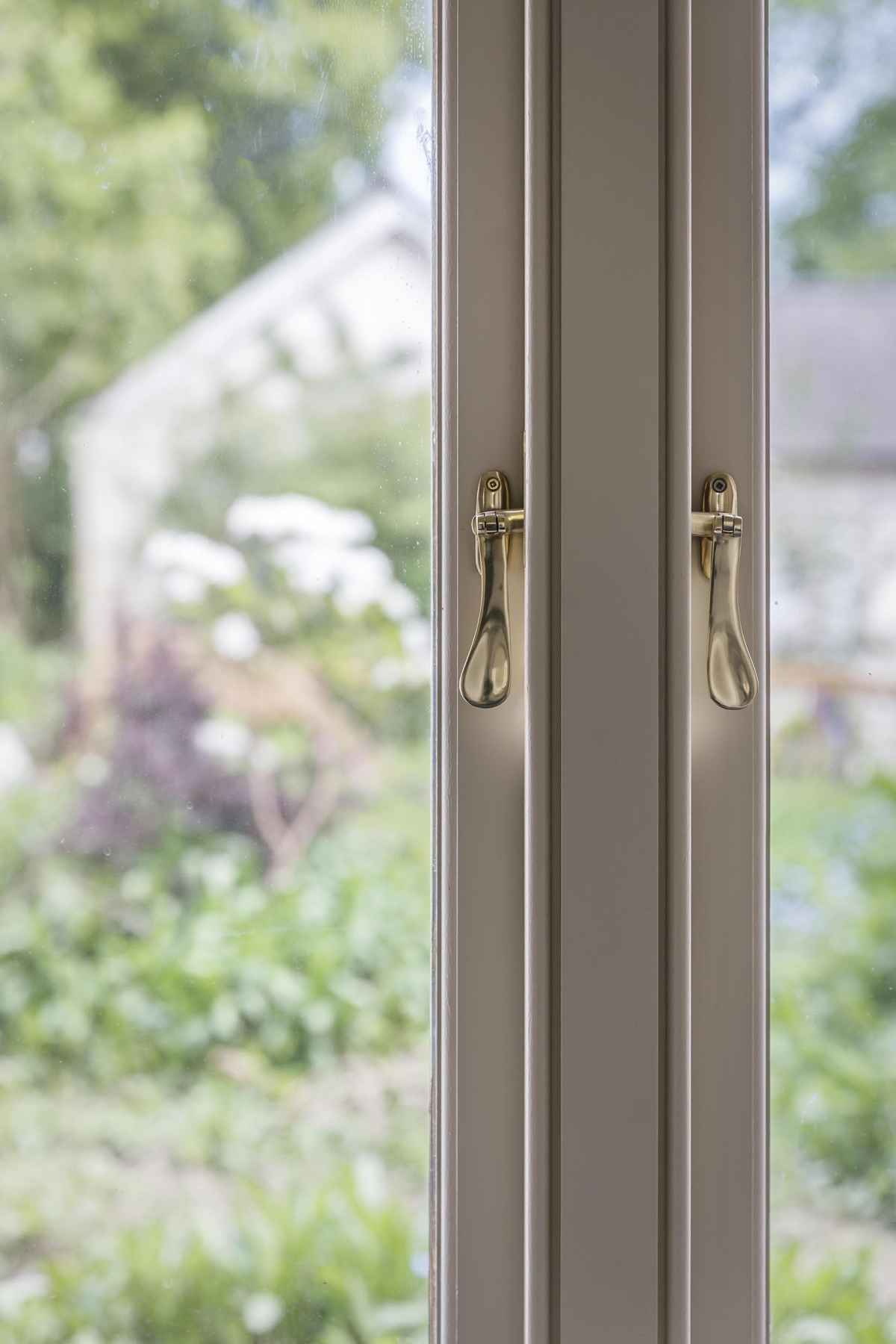Grade II Listed College restoration and improvements
East Sussex
The Grade II Listed Pixton House at Emerson College required repairs and restoration in the context of the original construction to make the building completely weatherproof and return two semi-derelict buildings to full operational use.
As well as general sub-division of the building, the works enhanced both the thermal and fire properties of the accommodation and made provision for a future Eco heat source.
Home to Emerson College since 1967, Pixton House has a concealed pre-Georgian core after being heavily modified and extended during the Victorian period.
The building provides residential use for students and college guests, artist studio accommodation, meeting space, and the College Library. Many parts of the building had deteriorated over time including substantial water penetration into the Ballroom, Music Room, and main outbuildings, eventually making the latter two rooms unusable.
This multifaceted repair and restoration project involved:
- redesigning the rainwater management system
- removing inappropriately repaired works that were out of context to the original building
- removing large areas of slated roof that had been coated with a bitumen-based matting material
- replacing or repairing rotting timbers to the roofs, gutters and windows
- installing thermal insultation in the roofs, walls and floors of the Music Room and outbuildings
- re-slating the Ballroom, Music Room and outbuilding roofs
- replacing the missing lantern on the Ballroom roof
- replacing the glazing to the octagonal rooflight with leaded work to match the original design
The missing lantern on the Ballroom roof had been previously replaced with ugly corrugated plastic sheeting. No visual record or architect’s plans were available to inform the design of the lantern and so the Architect undertook considerable research in the historical design and construction of buildings of the period. The resulting lantern design required the bespoke construction with heritage specialists craftsmen.
The original rainwater management system posed a special challenge, as it didn’t adequately accommodate draining and was responsible for the water ingress to the buildings. A new drainage system was designed and installed to carry all rainwater away from the building, while carefully retaining the original features and appearance of the building.
